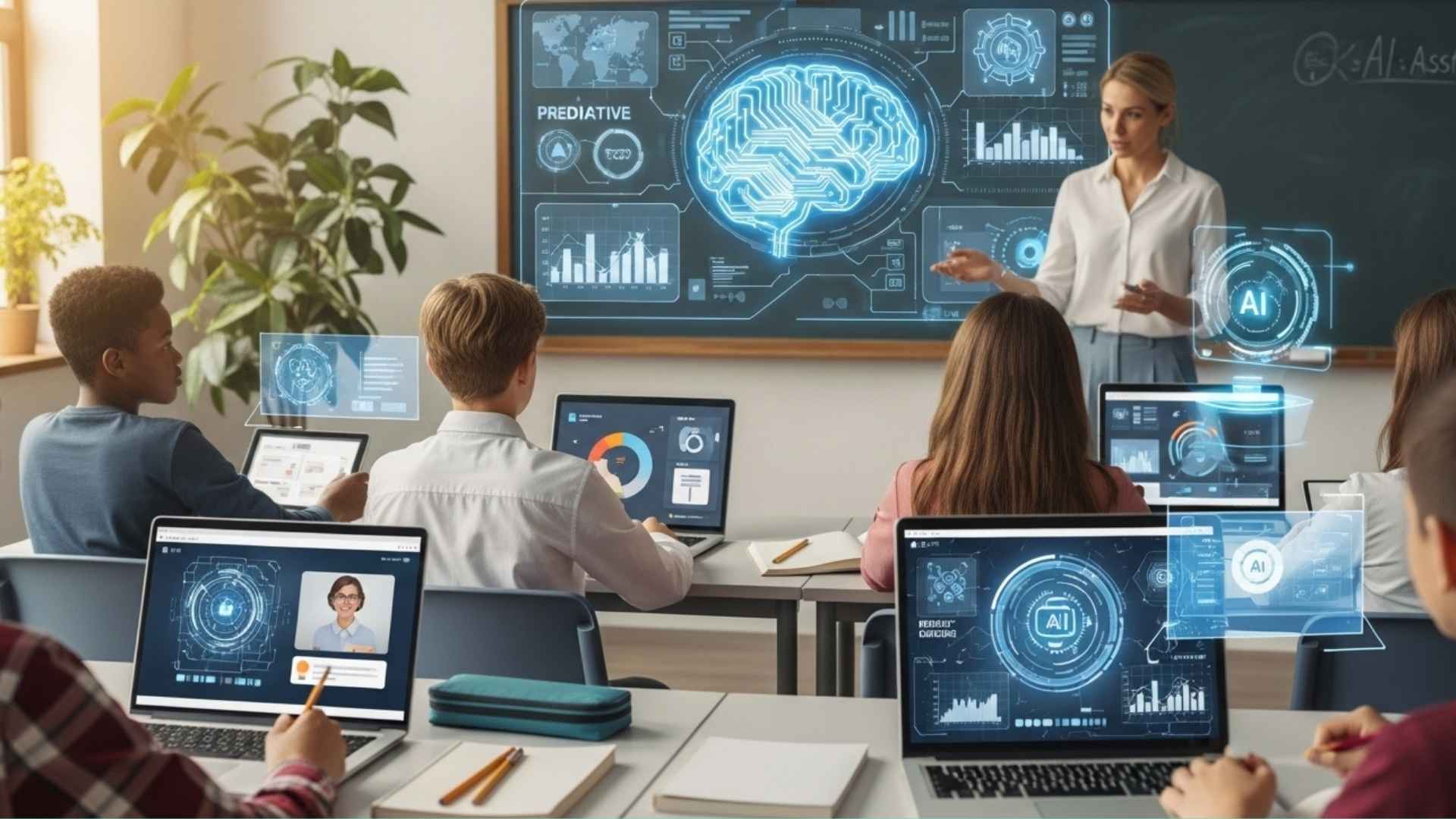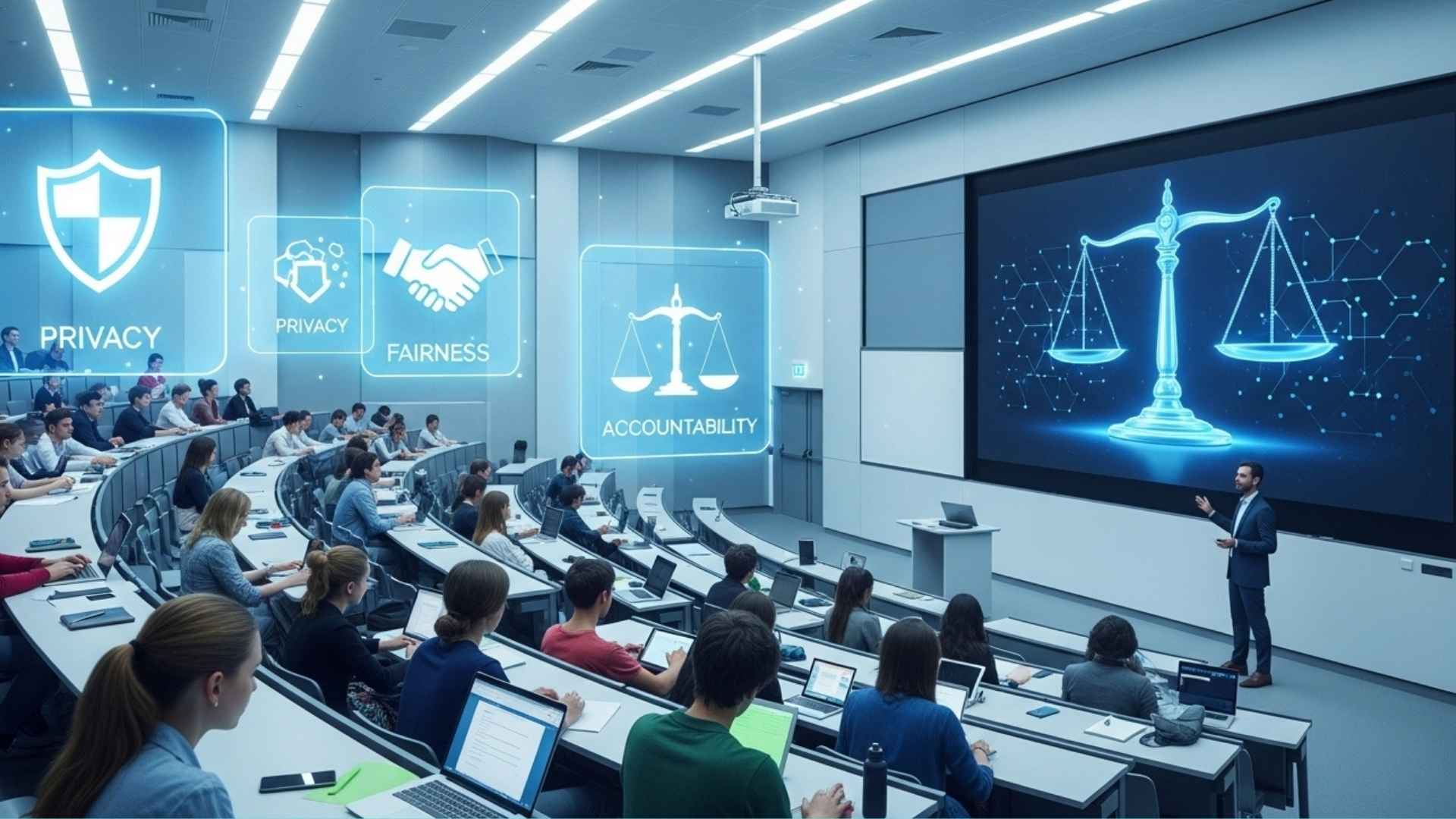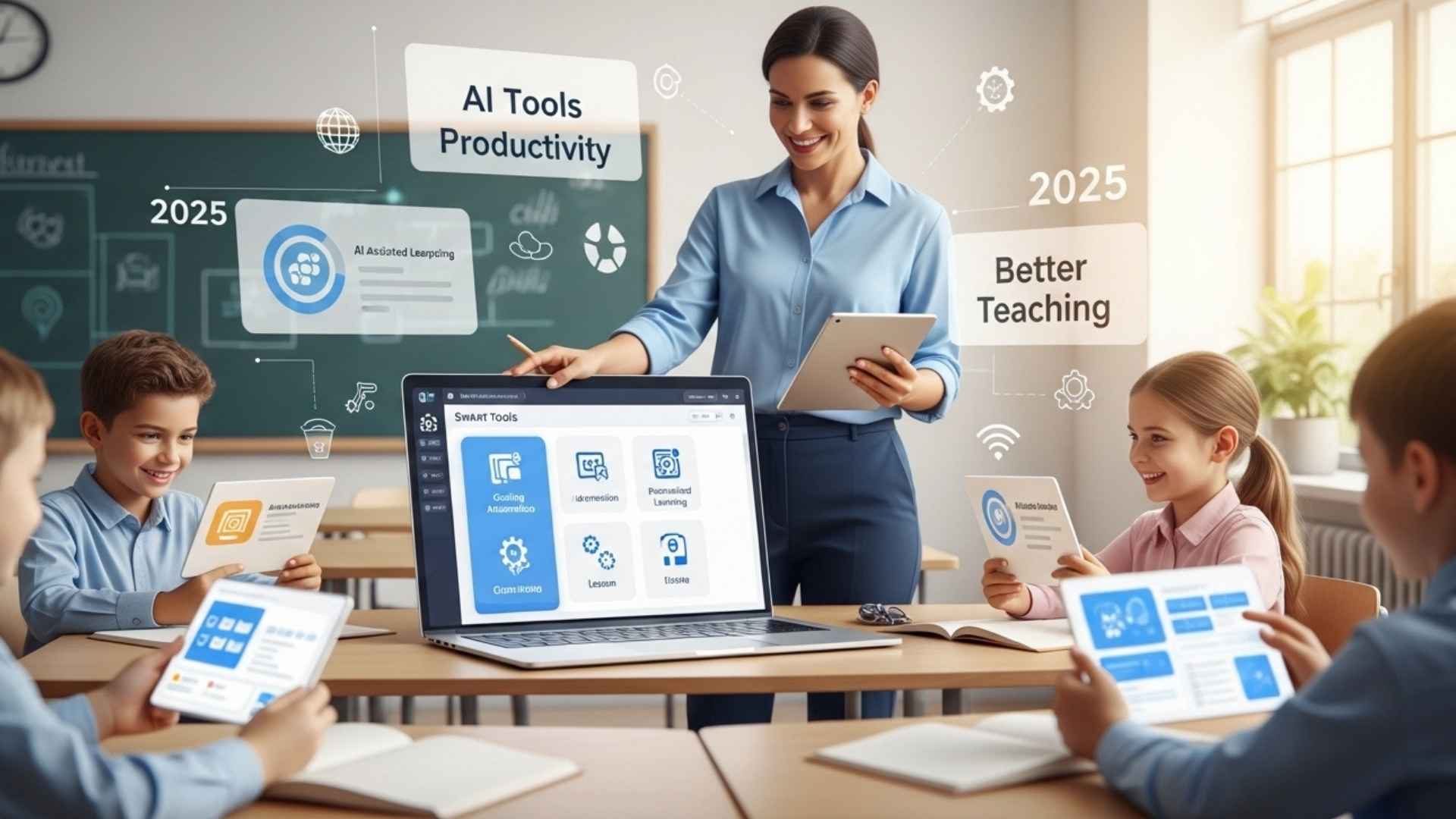While many of the world’s most important technologies have only been around for years, Artificial Intelligence (AI) is also emerging today. As a ubiquitous technology, AI has the potential to revolutionize the education sector.
AI technology allows teachers to tailor learning experiences to meet the learning needs of individual students. It also has the added benefit of reducing administrative tasks for teachers, allowing them to focus more on teaching than on reading and writing.
It’s worth examining the basic AI tools that educators and administrators are using today, and what they might be able to do in the future.
1. Opening the way for AI tools in education
Computer technology was first introduced into education in the 1960s, and at that time, Computer-Assisted Instruction (CAI) was used sparingly. These technologies were built on expensive mainframe computers, making them difficult for most schools to use in the early stages.
Later, as computers became smaller and cheaper, schools began to adopt CAI.
Then, with the advent of desktop computers, a new technology called Intelligent Tutoring Systems (ITS) began to emerge. These systems not only taught lessons directly but also customized instruction based on individual student responses. This approach demonstrated the potential for individualized instruction, making the use of technology in education more attractive.
2. Current Applications of AI in Education
AI is becoming a key technology in K-12 education today. It is improving personalized learning that can be tailored to each student. Adaptive learning platforms are also being introduced.
In addition, intelligent tutoring systems can provide immediate feedback. Automated grading and feedback systems are also being used to provide immediate test scores.
AI is creating the advantage of reducing administrative tasks and allowing teachers to focus more on teaching.
Personalized Learning
AI technology is driving personalized learning in education. It can tailor learning content to meet the needs of each student. This benefits students, teachers, and under-resourced schools.
Students can progress at their own pace. They can choose activities that suit their learning style.They also have the opportunity to take control of their own learning journey rather than being in a group.
In addition, AI can be used to segment content and implement data-driven teaching practices, improving the learning experience without increasing the workload for teachers.
Intelligent Tutoring Systems
AI-based tutoring systems provide a personalized learning experience. They provide immediate feedback and instruction based on the performance of each student.
These technologies can reduce learning gaps. They improve students’ effective understanding. They reduce the amount of repetitive teaching tasks for teachers.
In addition, they can provide detailed information about each student’s learning style, which is a benefit to the education system.
Automated Grading and Feedback
Traditional grading of written work can be subject to policy inconsistencies and slight variations. Teachers’ assessments can be influenced by their own personal views, moods, and unconscious biases.
This lack of objectivity can lead to inaccurate and inconsistent assessments. In addition, grading multiple students’ writing takes up a lot of time, and teachers may find it difficult to provide sufficiently specific feedback, which can have a negative impact on student learning.
AI is revolutionizing the way writing practice is assessed. It can reduce assessment time and improve accuracy and fairness.
AI can provide immediate, comprehensive feedback, allowing teachers to create more writing practice. By providing timely and accurate feedback, students can improve their writing skills.
However, teachers need to carefully review the feedback provided by AI. This is to ensure that it is aligned with the educational goals and individual student needs.
AI tools need to be seen as an aid, not a replacement for teachers. While AI can help with accuracy requirements like grammar and structure, it also frees up teachers to focus on creativity and critical thinking.
By systematically reviewing and spot-checking AI assessments, teachers can maintain the fairness of assessments and provide valuable and accurate feedback to students.
Administrative Applications
AI tools can reduce the time it takes to plan lessons and create learning content. These technologies can produce high-quality images, customized content, and rapid research data.
By using AI for research and content creation, the quality of lessons can be improved without increasing teacher workload. This benefits students and schools with limited resources.
Principals can also use AI to reduce administrative tasks. AI chatbots can automate administrative tasks such as writing emails, managing schedules, and scheduling progress meetings.
AI models can be used to analyze large data sets and, for example, help parents decide on summer school schedules. This allows administrators to focus more on strategic tasks, social media, and communication.
3. Teachers Using Generative AI
Teachers are using AI technology to enhance the learning experience. Two notable applications are creating visual aids for vocabulary teaching and designing engaging math lessons.
With the help of AI, lessons can be more effective and increase student engagement.
Support for Vocabulary Instruction
An instructional designer used AI to help teachers create visuals for different grades and subjects.
Her tips include –
- Selecting challenging words for upcoming lessons
- Choosing an AI tool that is relevant and easy to use
- Creating images that describe words and writing special prompts
- Sharing the created AI images with students to introduce them to AI
AI can help make lessons simpler and more engaging.
Math Lesson Planning Using Artificial Intelligence
A high school math teacher and instructional coach, she explains how to use AI to plan engaging math lessons.
Her steps include –
- Using AI to connect math content to real-world context and student interests
- Creating word problems, performance tasks, and projects that align with curriculum standards
- Creating comprehensive lesson plans that include critical questions, practice problems, and extension opportunities
- Creating inquiry-based activities with AI to improve critical thinking and quantitative literacy skills
For more teacher insights, visit Edutopia.org or search online with your favorite AI search tool.
4. AI-Driven Learning
AI technologies for education can enhance collaboration. They also help students and teachers create and share content. AI tools can create content that aligns with curriculum standards and effectively meet the needs of diverse students.
Interactive tools like virtual labs and educational games can increase student engagement. Collaborative platforms provide opportunities for peer learning. Teachers can use AI technologies and data-driven insights to personalize learning paths and improve the learning experience by providing adaptive feedback.
5. The Future of AI in Education
The widespread use of AI in the last few years, especially in schools, has led to mixed reactions. In some places, it has been strictly prohibited, while in others, it has been widely welcomed.
AI tools are expected to continue to evolve and impact all aspects of human life. Therefore, teachers and education administrators must embrace ethical considerations when using AI in education.
Emerging Concerns — Privacy, Bias, and Equity
Privacy is a major concern when using AI in education. AI tools are collecting and processing vast amounts of data at once. This raises questions about how data should be used and protected.
Teachers and schools should address this issue by informing students and parents and obtaining informed consent for use.
On the other hand, bias in AI is a major concern. Bias that is automatically introduced into training data can lead to inconsistent results. Therefore, teachers should ensure that AI tools that they use have been tested for fairness.
In addition, AI development processes that include diverse perspectives and long-term bias testing are needed.
Equity is another concern. AI tools may not be accessible to all students at the same level. This could widen the digital divide.
Therefore, schools should strive to provide AI tools equitably and provide training for all teachers and students. Only then can everyone benefit from AI.
Concerns about students’ use of AI
A major concern for teachers is that students will use AI to bypass learning. For example, they may use AI to solve problems instead of completing assignments themselves.
To address this issue, designing assignments that require participation and reflection would be beneficial. Such assignments cannot be easily integrated by AI.
On the other hand, teaching AI literacy is crucial. Students should understand the capabilities and limitations of AI. They should also be aware that AI can produce inaccurate or biased content.
Teachers should encourage students to use AI for learning. They should instruct them to use it as a learning aid, not as a shortcut to assignments.
If this is planned and implemented carefully, the benefits of AI in education can be fully utilized and the disadvantages that may arise from competition can be effectively controlled.
Also Read: What is AI? Beginner-Friendly Guide to Artificial Intelligence
6. Challenges and Best Practices for Implementing AI Technology
There are three main challenges to implementing AI in education —
- Resilience to change,
- Excessive cost,
- Technical infrastructure requirements.
The best practices to address these issues are —
- Fully training teachers
- Ensuring equal access to AI tools for all students
- Carefully considering ethical concerns
- Engaging openly with all stakeholders
This will help create a more supportive and collaborative learning environment.




